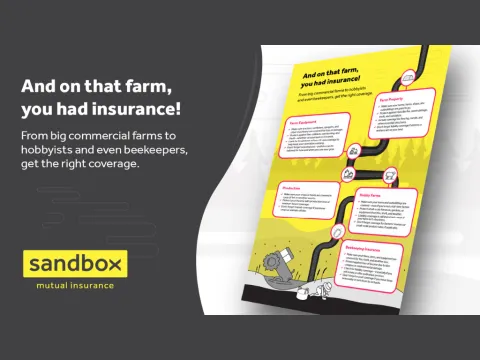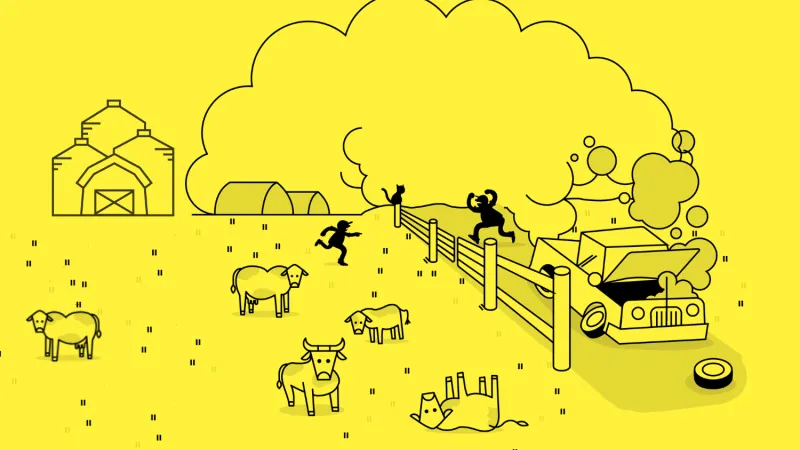
Mastering Livestock Handling: Key Practices to Prevent Losses and Injuries on Your Ranch
Summary
Reading Time
4 min
The old saying “as stubborn as a mule” sure didn’t come from nothing. Farm animals sometimes have minds of their own or switch up their behaviour like that *finger snap*. So, before you put out to pasture because of a bad day, there are things you can do to prioritize your well-being first. We get it—you may spend most of your days protecting your livestock since it’s how you bring home the bacon, but your safety shouldn’t come second. Knowing some of the best practices of livestock handling is the best way to prevent losses and injuries on your ranch. We’ve narrowed down the delightfully simple ones, so here’s how to start!
EXIT PLANNING
Before you run around and around and around the pen until the cows come home, first, have quick exits and alternate routes of escape. If you’re entering a space, whether it’s a pen, corral, or even an enclosed barn with livestock in it that doesn’t have a secondary exit, you shouldn’t go in. Instead, make plans to install another door or have a back-up person there to support you in the case of an emergency. They can be your second set of hands to open the door and close it behind you, or like in the movies, lift you up by your armpits out of the corral. Think about it, if the cool rodeos got it, so should you.
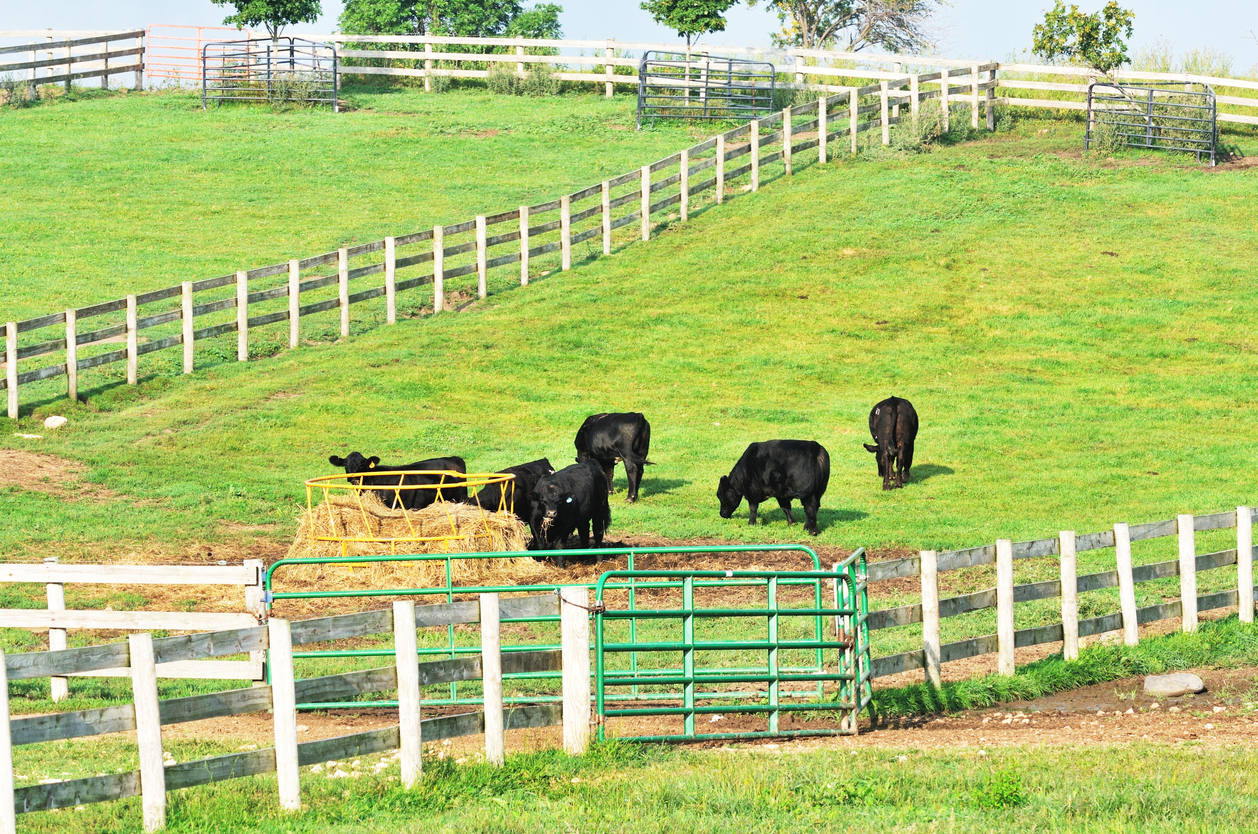
RECOGNIZE THE WARNING SIGNS
Second, know their signs of body language. There are so many warning signs a cow, bull, or horse can show you to signal that they are uncomfortable. Here are some examples:
- Cold: A tail between the legs
- Uneasy: Shifting weight between legs, loss of appetite, and grinding teeth
- Relaxed: A tail straight down
- Mad:
- Pawing at the ground with their hoof
- Ears are pinned back
- Head is lowered
- Turning broadside to present their size as a form of power and authority
- Rubbing their horns on the ground
So, just remember, you can’t see the warning signs if your back is turned on an angry bull. They can happen quickly and randomly, so keep yourself and your team safe by being alert.
There are some other things out there that can trigger uncomfortable behaviour among your cattle and livestock. Things that could potentially startle them are loud noises, excessive changes in their lifestyle, or highly contrasting colours. We all know bulls don’t like the colour red, but did you know that bright colours can also disturb livestock as in nature, it could be seen as a toxic inedible substance to them? Be sure that when you are introducing new sounds, machines, colours, and foreign objects to them that you are doing it slowly, in low quantities, and carefully.
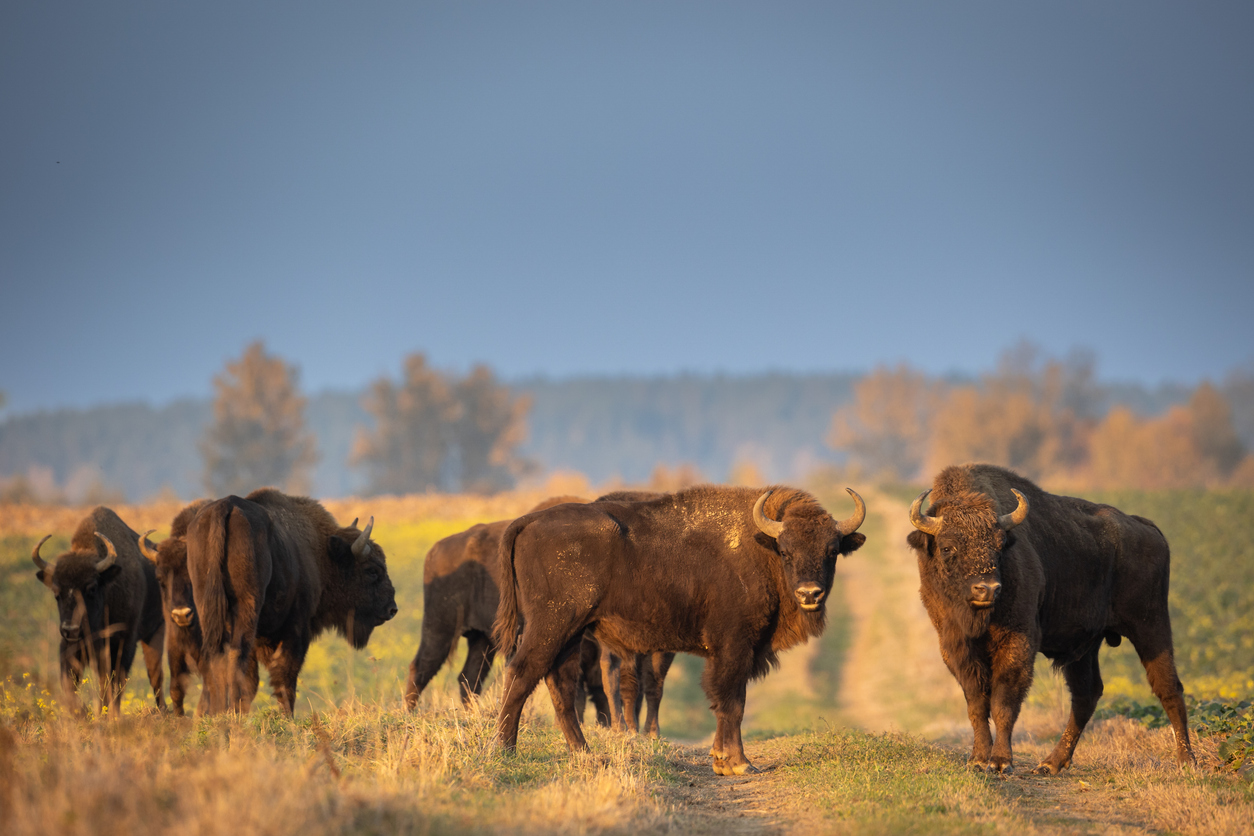
MOTHER NATURE
Third, be mindful of the mother. Mamas will do anything to protect their young, and you don’t want to provoke her or disturb the larger crowd. If you are relocating the mother or calf, make sure to always keep them as close together when circumstances permit.

SAFETY APPAREL
Fourth, wear your safety equipment. If you feel a bit underdressed to wrestle with a bull, don’t go in. Wearing and keeping a helmet and gloves nearby at all times can make a difference in preventing losses. If you're entering the pen, you may need a helmet, whereas if you are staying outside, you may not. Simple things like this can help prevent losses and maintain safety on a ranch! You just never know what your livestock might do, so taking safety precautions might not be so bad. Plus, it’s a fashion statement.
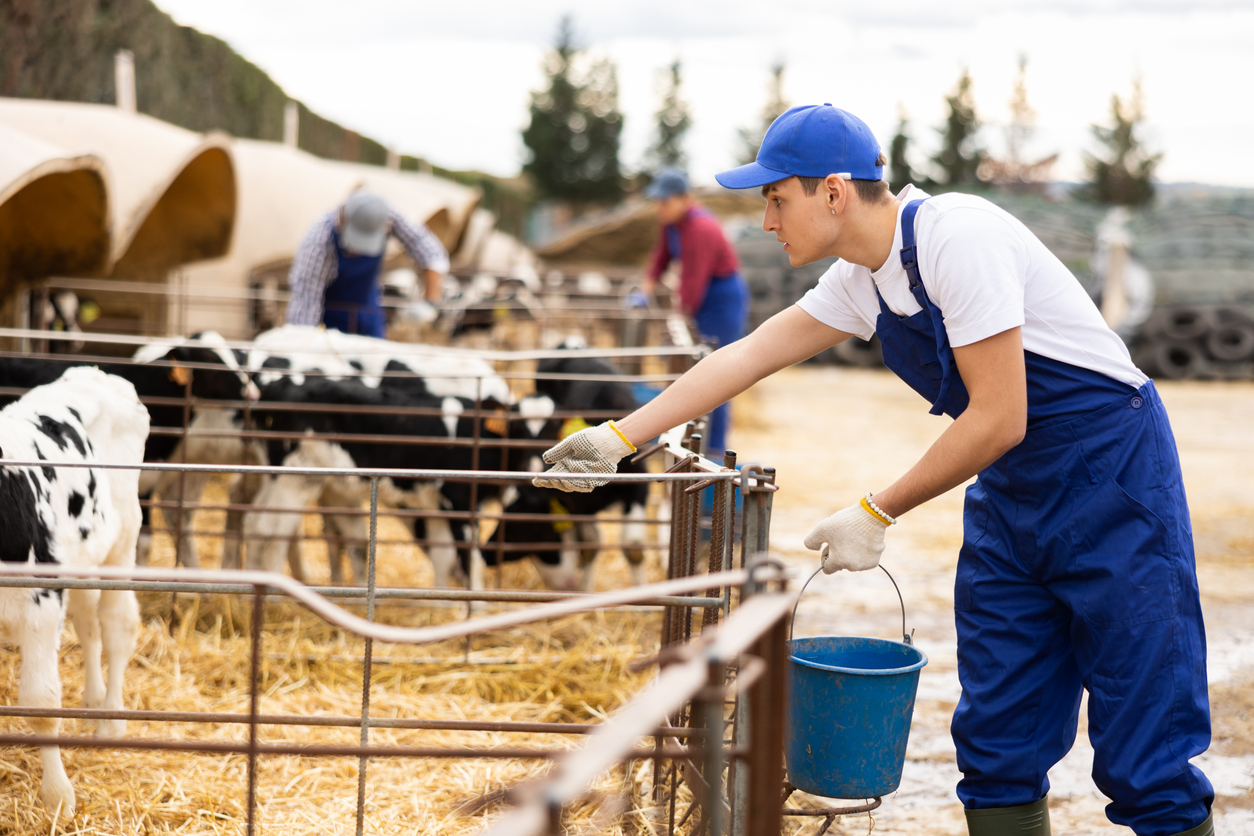
SEE THE BLIND SPOTS
Lastly, know their blind spots. When you know the spaces your livestock can’t see, you won’t sneak up on them. There are other sounds in nature that they may be listening for, and predators are one of them. So, when approaching or handling a farm animal, make sure to stay facing forward and speak in a soothing tone.
By taking these safety measures into account, you can prevent losses and injuries on your farm… but things still happen, right? That’s where Sandbox’s Farm Insurance coverage in Saskatchewan, Manitoba, and Alberta comes in. Our farm insurance line, FarmSecure, protects any size of farm, your operations, and your assets—whether that be cows, bulls, horses, or the whole nine yards. The next time you chat with your insurance broker, make sure your farm insurance policy covers the right liability limits, has the best comprehensive coverage for your farm, family farm, or hobby farm, and includes everything you need it to. Beekeepers—we’ve even got a little something for you, too, with our beekeeping insurance, known as our Buzz Box.
To learn more about loss control and how it can help reduce losses on your farm, contact the Sandbox Mutual Insurance team. We can point you in the right direction of our loss control experts in-house for your inquiries.
Please note that the information in this article may not accurately reflect your insurance policy from Sandbox Mutual Insurance or another insurance company. Please refer to your policy or talk to your broker about your specific coverages.

FAQ'S
Why is livestock handling safety such a big deal?
Because your ranch runs better when you do, injuries to people and livestock don’t just hurt — they can lead to costly downtime, vet bills, and lost production. Safe handling practices help protect the animals you rely on and the humans who care for them, preventing losses before they even happen.
What livestock warning signs should I watch for?
Animals talk — just not with words. Watch for pinned ears, pawing hooves, a lowered head, tail tucked tight, shifting weight, or sudden changes in appetite or attitude. These behaviours can mean, “Back up, friend,” and recognizing them early keeps you out of harm’s way.
How can insurance help if something still goes wrong?
Even with the best precautions, accidents happen quicker than a bull can blink. Sandbox’s FarmSecure insurance helps protect your animals, operations, and key assets from losses like injury, weather events, liability claims, and more — giving you peace of mind while you handle the herd.


